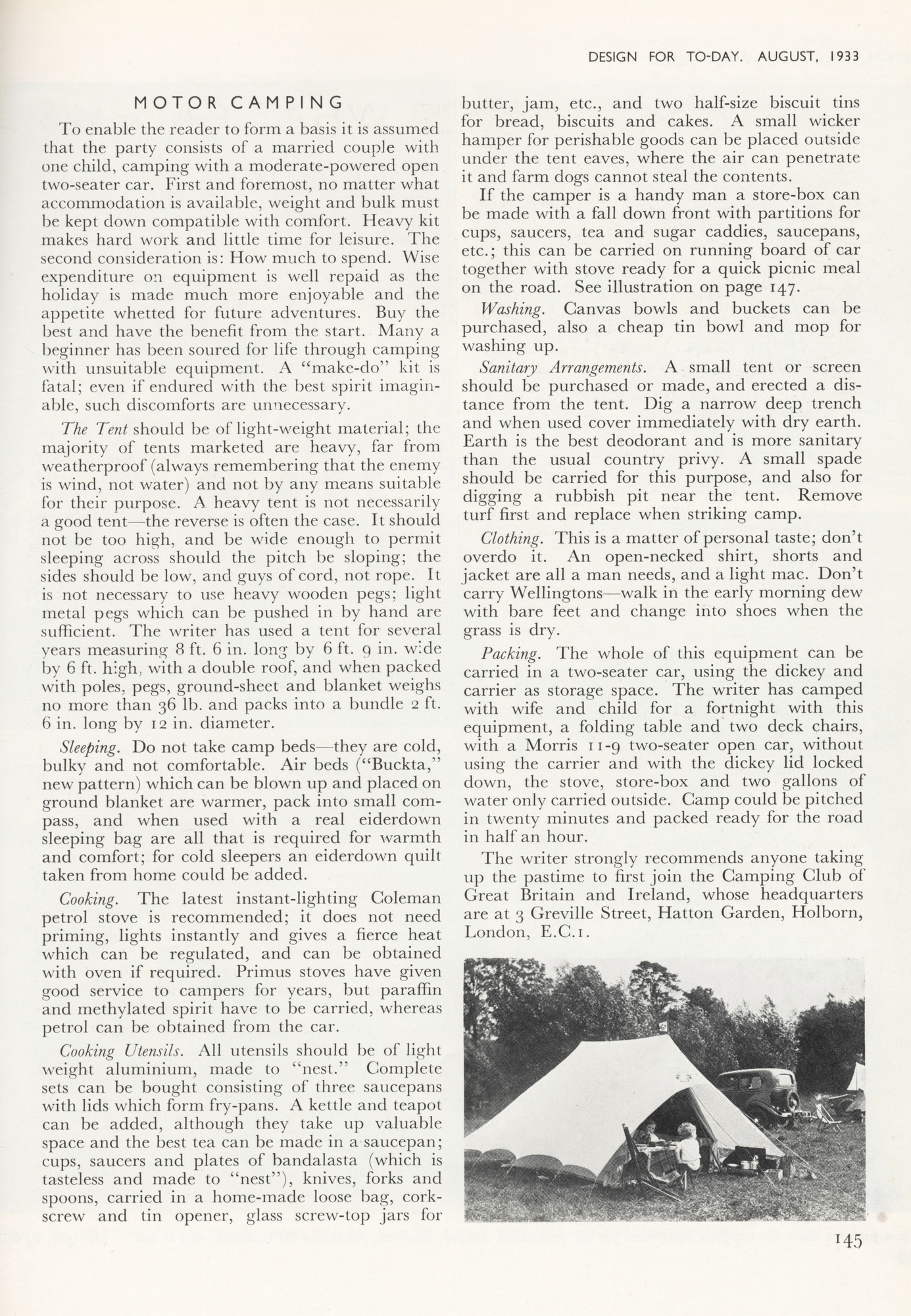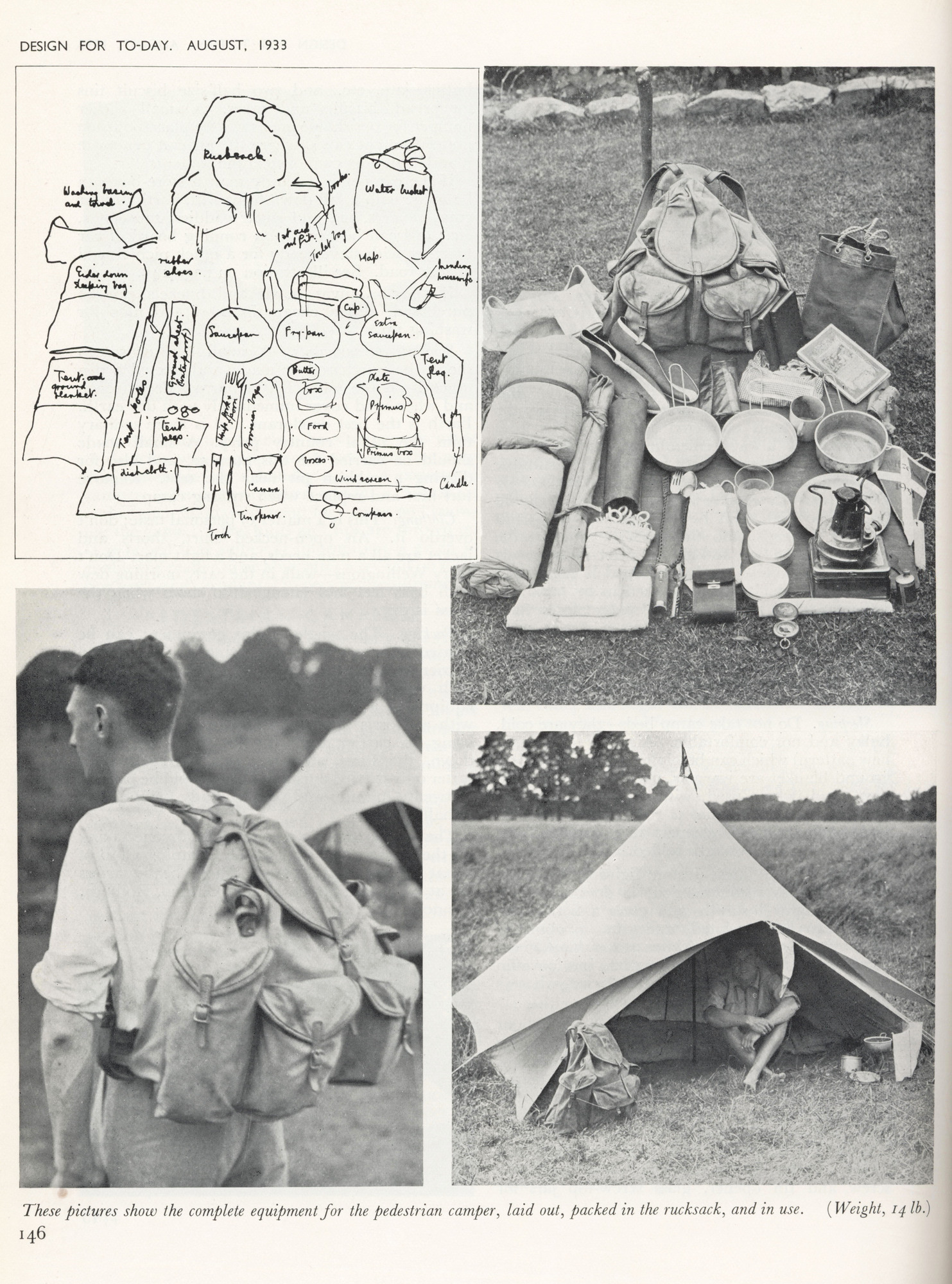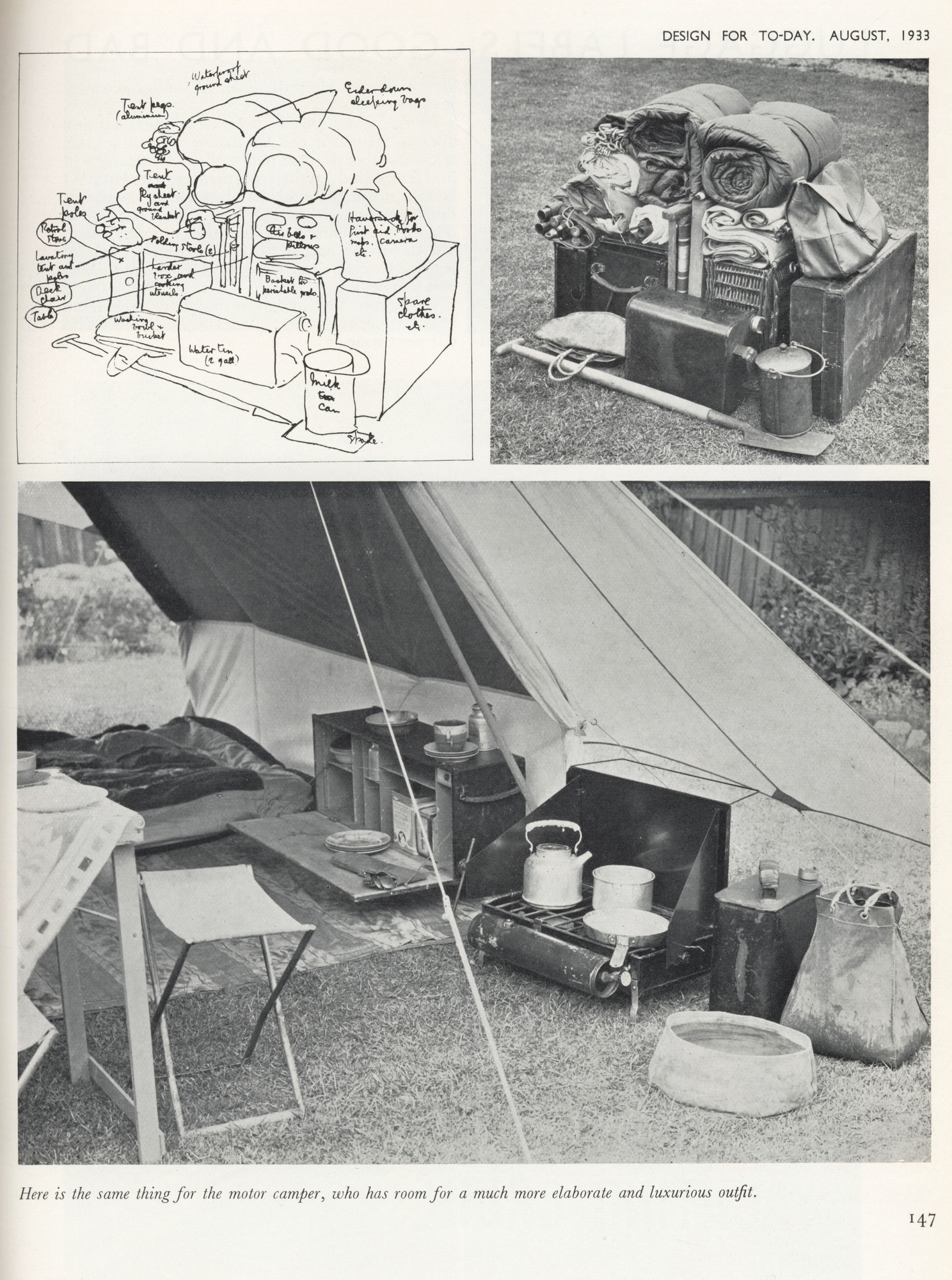4 of
You are browsing the full text of the article: What Campers Travel With
Click here to go back to the list of articles for
Issue:
Volume: 1 of Design For Today
| Design For Today 1 1933 Page: 144 | ||||||||||||||||||||||||||
| What Campers Travel With | ||||||||||||||||||||||||||
|

|
|
||||||||||||||||||||||||
| Design For Today 1 1933 Page: 145 | ||||||||||||||||||||||||||
| What Campers Travel With | ||||||||||||||||||||||||||
|

|
|
||||||||||||||||||||||||
| Design For Today 1 1933 Page: 146 | ||||||||||||||||||||||||||
| What Campers Travel With | ||||||||||||||||||||||||||
|

|
|
||||||||||||||||||||||||
| Design For Today 1 1933 Page: 147 | ||||||||||||||||||||||||||
| What Campers Travel With | ||||||||||||||||||||||||||
|

|
|
||||||||||||||||||||||||



